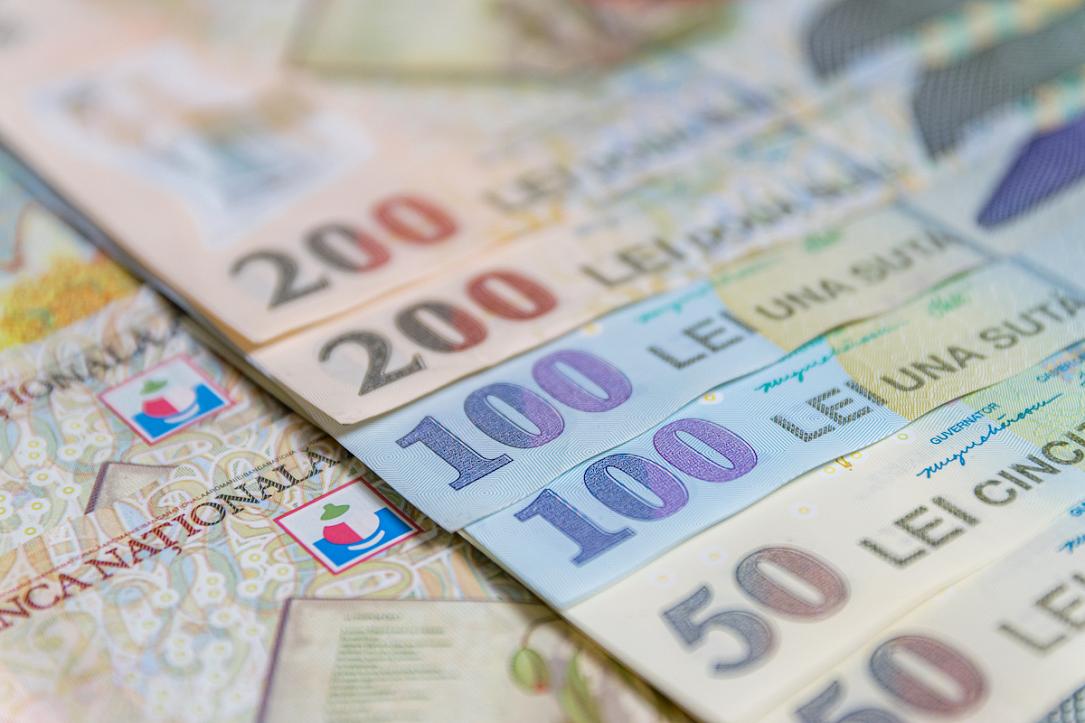Romania's public deficit still only 3% of GDP in Jan-Sep



The deficit of Romania's general government budget has shrunk by nearly 6% YoY to RON 41.7 bln (EUR 8.5 bln) in the first three quarters of the year, in the context of average headline inflation of 13% YoY (GDP deflator was already 14.7% YoY for H1, latest data available). According to preliminary data from the Finance Ministry, the deficit-to-GDP ratio eased by 0.7pp to just over 3%.
Revenues increased by 22.6% YoY to RON 331.5 bln, or 24.2% of the full year's GDP, compared to 22.9% of GDP last year. Expenditures were kept under control, but they still advanced by 18.6% YoY to RON 373.2 bln (27.2% of GDP), driven by subsidies (+126% YoY) and interest (+63% YoY).
These two sectors drained RON 14.2 bln more public money than last year, while the windfall tax brought only RON 9.8 bln (nearly EUR 2 bln).
The Government's target for the full-year public gap was set at 5.85% of GDP, down from 7.1% in 2021.
To meet this target, the Executive should spend only the equivalent of 2.8% of GDP above the revenues, compared to 3.4% of GDP in the last quarter of 2021. It looks like a wide room of manoeuvre, but the economic slowdown and the cost of the "cap and subsidy" scheme for households and firms will weigh heavily towards the end of the year. These constraints are going to tighten during next year when the Executive is supposed to further narrow the public gap under the Excessive Deficit Procedure.
The financing of the public deficit is becoming costly, with the yields of the 10-year funds close to 10% (on both primary and secondary markets).
The interest on public debt rose by RON 8.2 bln and accounted for 1.5% of the entire year's GDP in January-September, compared to 1.1% last year.
iulian@romania-insider.com
(Photo source: Ungureanu Vadim/Dreamstime.com)